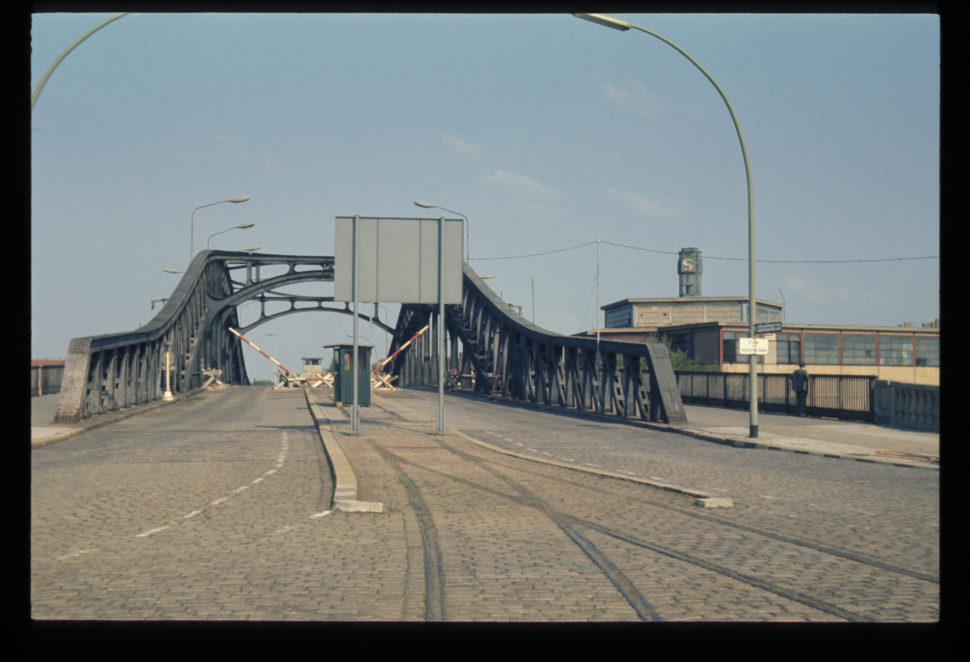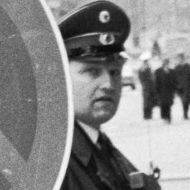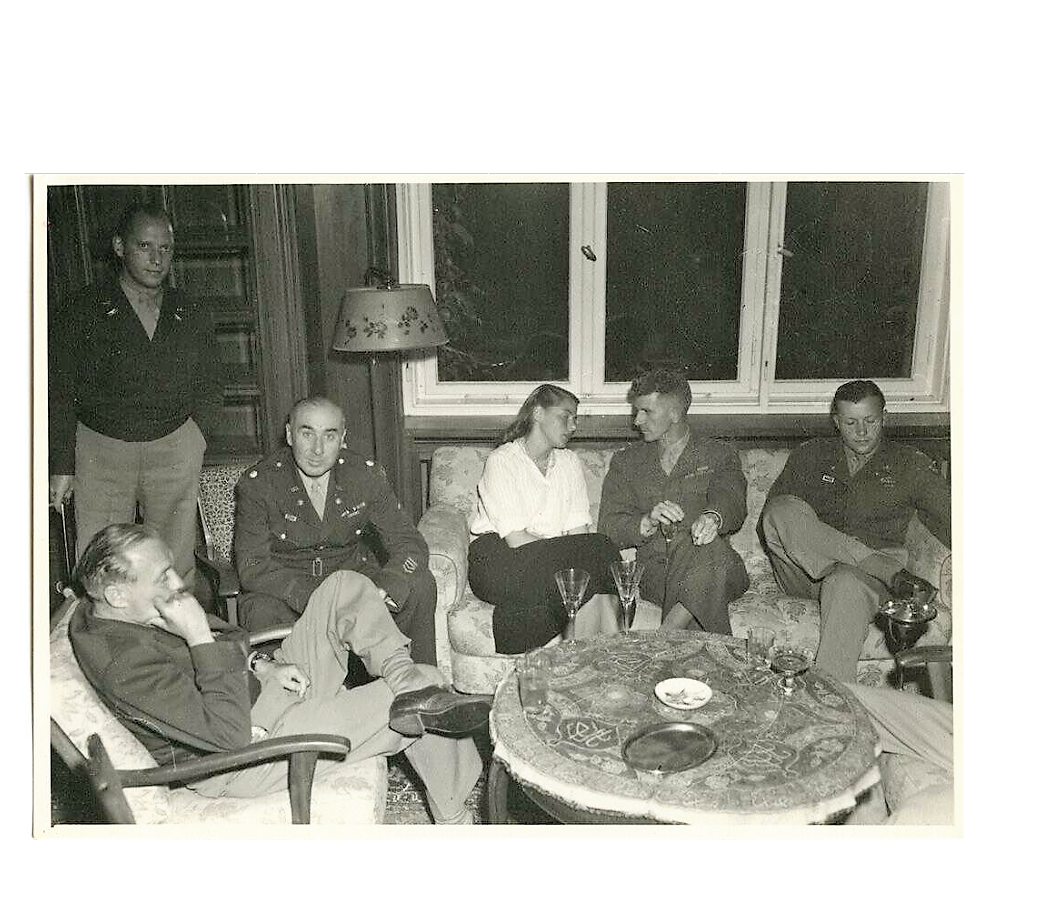A secret espionage site?
In 1968 a U.S. Army training film had its climactic scenes shot in the villa and neighboring streets. It was released in 1969. Despite the fact that the German Democratic Republic’s media referred to the villa as a secret espionage site, the film shows a map of the surrounding streets and in one scene a clear view of the house number.
In spite of its discreet openness there were activities that fit the frame of the more serious spy films. As the following pdf shows, the facilities were used by “another agency.”
Other interviews were typical of the steady stream of activities unearthed in the Sven-Hedin-Strasse office and lodgings. In the heavily redacted pdf below, we learn of the effort that the Ministry for State Security (Stasi) put into learning about telephone service in Andrews Barracks. Even low-level civilian employees could discover that the Americans had a new device that made a “whistling noise” over communication lines (a modem!).
In the early 1980’s, the aging villa was renovated. Workmen came and went from the allegedly secret facility. On the surface, life within the Berlin Wall continued as abnormal as ever, albeit improved by changes wrought by the 1971-72 Four Power Treaty. On the other side of the Wall, economic stress was developing in the German Democratic Republic’s aging infrastructure and political stress was developing as it tried to keep the appearance of respecting the nascent internal and external human rights movement while maintaining a dictatorship.
The villa and its accompanying office building played its part, as the steady trickle of refugees provided information about the struggling economy and the non-violent demonstrations led by churches in parts of East Germany away from the media hothouse of Berlin. Early in 1989, a JAROC (B) forecast discussed the possibility that the Berlin Wall was going to come down. The idea was pooh-poohed at higher levels.

Questions of who knew what and when remain to be settled. As Mary Elise Sarotte documents in The Collapse (2014), actual events that opened the Wall on November 9, 1989 resulted from the action or inaction of many middle and low level people. There was no ribbon cutting. At Sven-Hedin-Strasse 11, there was a sudden demand for work products, while at the same time, the various specialists faced an uncertain future.
========================================

